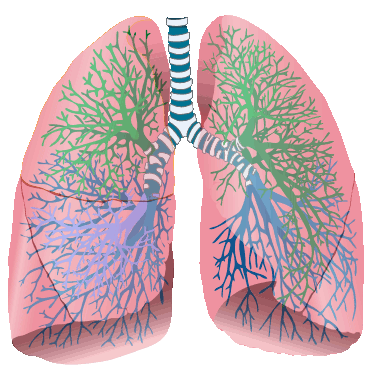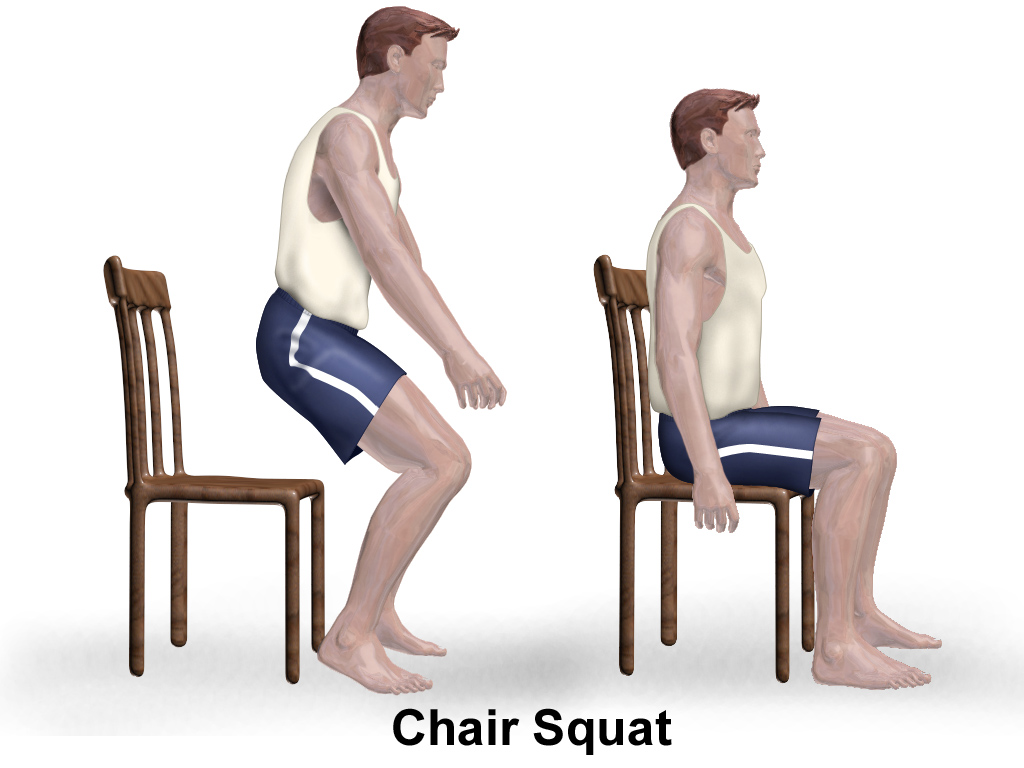Respiratory Resource Center - LPT Medical
How to Reach Your Treatment Goals with Your COPD Action Plan
Living healthily and happily with COPD is all about...
Read MoreHow to Treat Bloating Caused by COPD
Everyone experiences bloating every now and then, often the...
Read MoreTips and Tricks for Exercising on Oxygen Therapy
Exercise is absolutely vital for healthy living, especially if...
Read More


